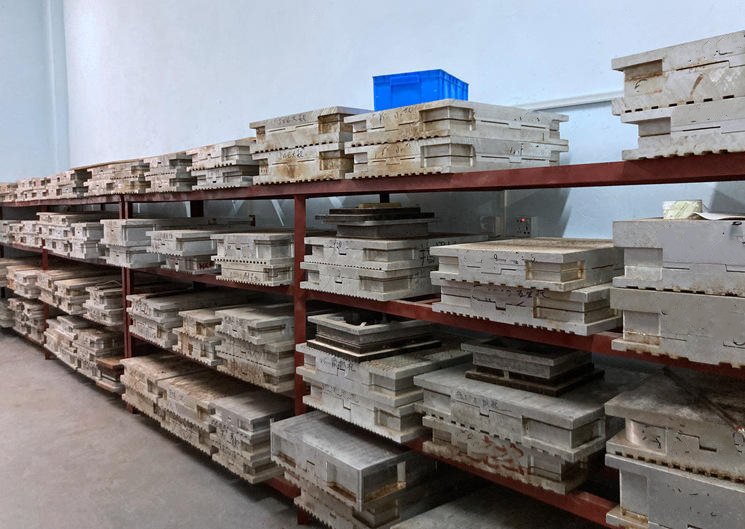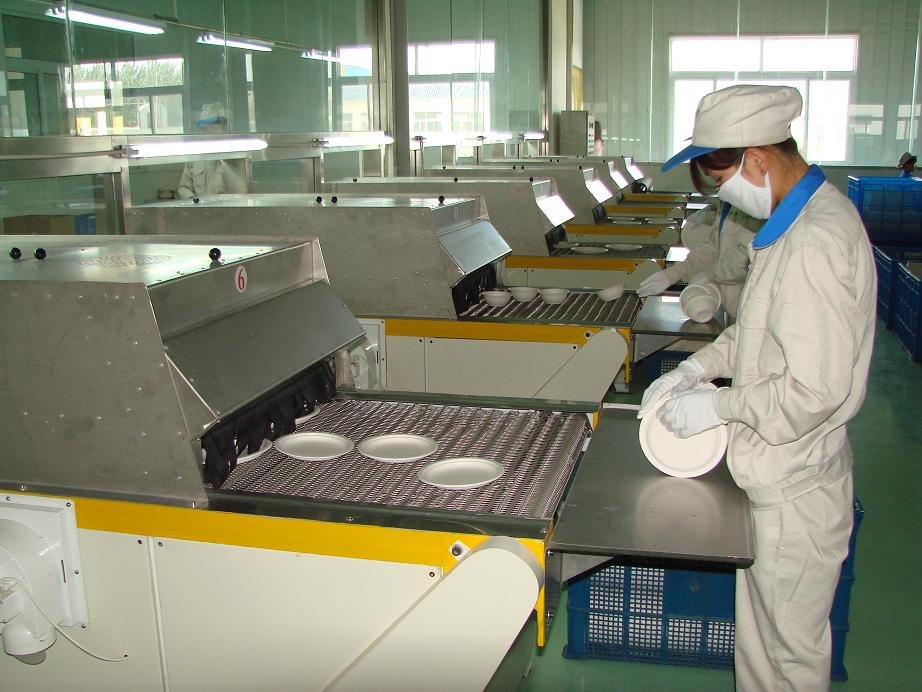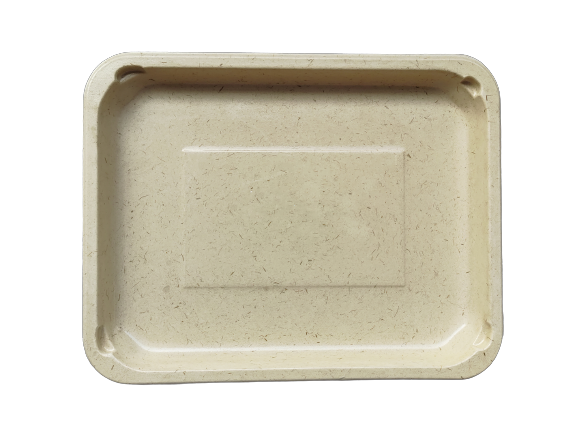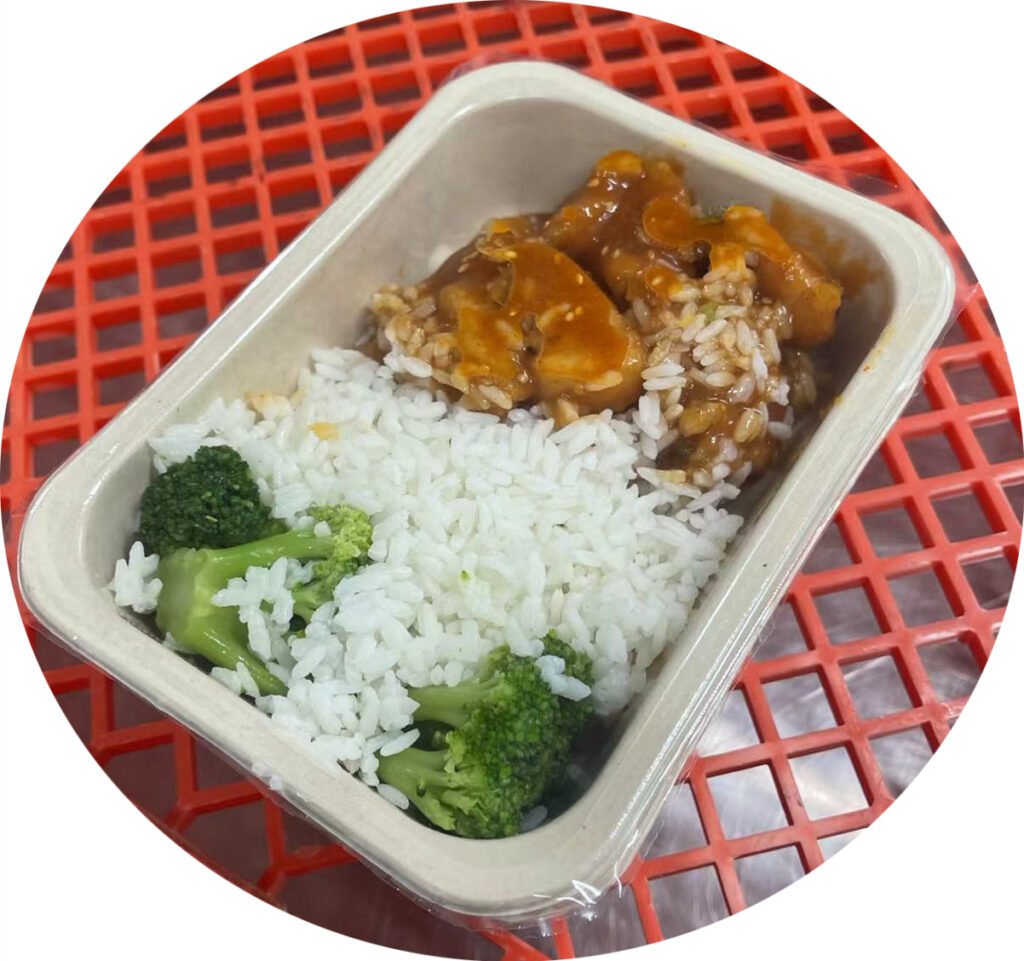Are you curious about how pulp MAP trays are made and why they are gaining popularity in sustainable food packaging? As the CEO of HMZ Technology, I am passionate about providing eco-friendly packaging solutions. In this post, I’ll explain the manufacturing process of our high-quality pulp MAP trays and why they are the future of food packaging.
Pulp MAP trays, made from renewable resources, offer an eco-friendly alternative to traditional plastic packaging. The process involves several key steps, including pulping, molding, laminating, and quality control. Each step ensures that the trays are durable, sustainable, and suitable for a variety of food products.
Understanding this process will give you a better appreciation of the efforts behind creating these sustainable products.

What is Pulping?
Pulping is the first step in manufacturing pulp MAP trays. It involves breaking down fibrous materials such as bagasse or recycled paper into a pulp. This pulp forms the base material for the trays. We source our raw materials from sustainable sources, ensuring minimal environmental impact.
The pulping process includes cleaning and refining the fibers. This step is crucial to remove any impurities and prepare the material for molding. The result is a smooth, consistent pulp ready for the next stage.
How Does Molding Work?
Once the pulp is prepared, it is shaped into trays through a molding process. We use advanced machinery to ensure precision and consistency in every tray. The pulp is poured into molds, which shape it into the desired tray form.
The molds are designed to meet various specifications, allowing for customization based on client needs. This flexibility is one of our key advantages. We can produce trays in different shapes and sizes, tailored to specific food packaging requirements.
Molding is followed by pressing, which removes excess water and solidifies the tray structure. This step ensures the trays are sturdy and ready for the next phase.
What is Laminating?
Laminating is an essential step in enhancing the functionality of pulp MAP trays. We apply a thin layer of film to the trays, which can include PLA, PP, PET, or high barrier films. This layer provides moisture resistance, extends shelf life, and improves the overall performance of the trays.
Our ability to customize the laminating film is a significant competitive advantage. We can tailor the trays to meet specific requirements, such as high barrier properties for extended freshness or PLA laminates for compostability.
Quality Control in Manufacturing
Quality control is critical in the production of pulp MAP trays. At HMZ Technology, we implement stringent quality checks at every stage. This ensures that each tray meets our high standards for durability, functionality, and sustainability.
We conduct various tests to check the strength, moisture resistance, and overall integrity of the trays. Any defective products are recycled back into the process, minimizing waste and promoting efficiency.
Our quality control measures guarantee that our clients receive only the best products. This commitment to quality is why companies trust us for their packaging needs.

Customization and Innovation
Customization is a cornerstone of our service. We can modify the design, size, and laminate of our trays to meet the unique needs of our clients. This includes creating custom molds at the lowest cost in China, thanks to our in-house mold production capabilities. Our mold cost is significantly lower than others in the market, providing a cost-effective solution for our clients.
Innovation drives our business. We continually explore new materials and technologies to improve our products. This dedication to advancement ensures we stay at the forefront of the sustainable packaging industry.
Benefits of Using Pulp MAP Trays
Pulp MAP trays offer numerous benefits over traditional plastic packaging. They are biodegradable, reducing environmental impact. They also extend the shelf life of food products, thanks to the advanced laminating films we use.
Using pulp MAP trays supports sustainability initiatives and appeals to eco-conscious consumers. Companies that switch to our trays can enhance their brand image by demonstrating a commitment to environmental responsibility.
Our trays are designed to be both functional and eco-friendly, making them the ideal choice for modern food packaging.
Frequently Asked Questions
What are the advantages of using pulp MAP trays over traditional plastic trays?
Pulp MAP trays are biodegradable and compostable, making them environmentally friendly. They also provide excellent moisture resistance and extend the shelf life of food products.
How long does it take for pulp MAP trays to decompose?
Pulp MAP trays typically decompose within 60 to 90 days under commercial composting conditions. This makes them a sustainable choice compared to traditional plastic trays.
Can pulp MAP trays be customized?
Yes, at HMZ Technology, we offer extensive customization options for our pulp MAP trays. We can adjust the design, size, and laminating film to meet specific needs. Our custom mold cost is the lowest in China, thanks to our in-house mold production capabilities.
What types of laminating films can be used with pulp MAP trays?
We can apply various laminating films, including PLA, PP, PET, CPET, and high barrier films. Each type of film offers different benefits, such as compostability, extended freshness, and moisture resistance.
How does HMZ Technology ensure the quality of pulp MAP trays?
We implement stringent quality control measures at every stage of production. This includes tests for strength, moisture resistance, and overall integrity. Our commitment to quality ensures that our clients receive the best products.
What makes HMZ Technology’s mold production unique?
We produce our molds in-house, which allows us to control the cost and quality effectively. This results in the lowest mold cost in China, providing our clients with cost-effective customization options.

Conclusion
The manufacturing process of pulp MAP trays involves several critical steps, from pulping and molding to laminating and quality control. Each step is designed to ensure the highest quality and sustainability of the final product. At HMZ Technology, we pride ourselves on our ability to customize and innovate, providing top-notch packaging solutions for our clients.
Switching to pulp MAP trays is a smart choice for businesses looking to reduce their environmental impact while maintaining high standards of food packaging. Contact us to learn more about our products and how we can help you make the switch to sustainable packaging.
Thank you for reading, and I look forward to helping you find the perfect sustainable solution for your needs.

